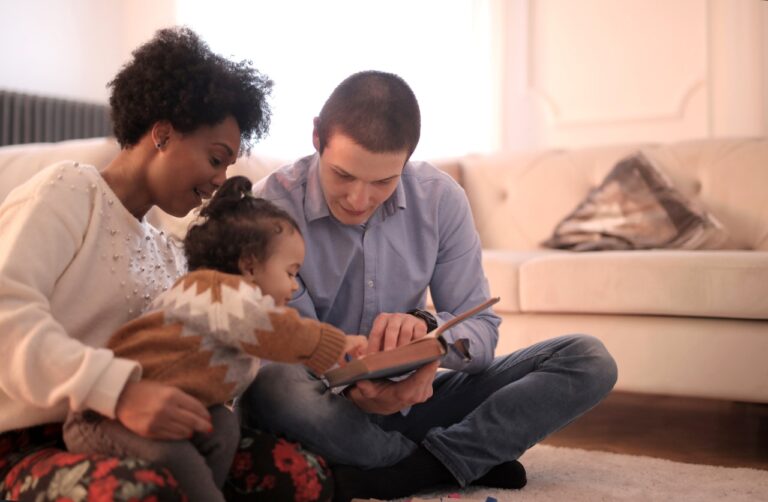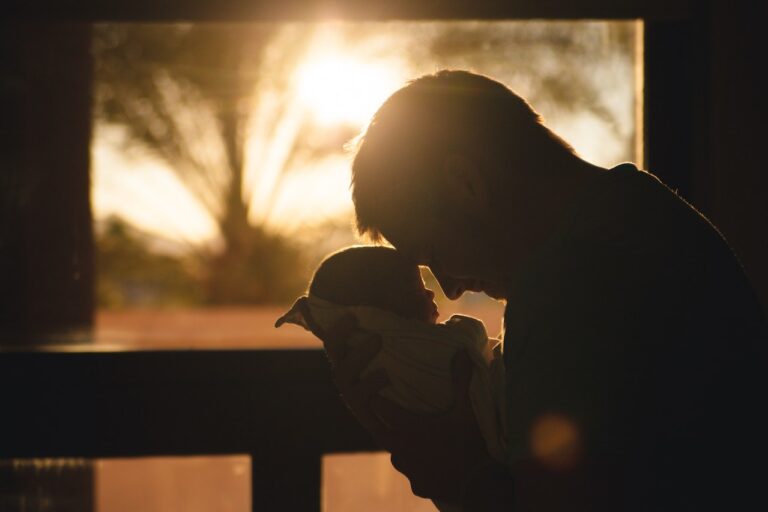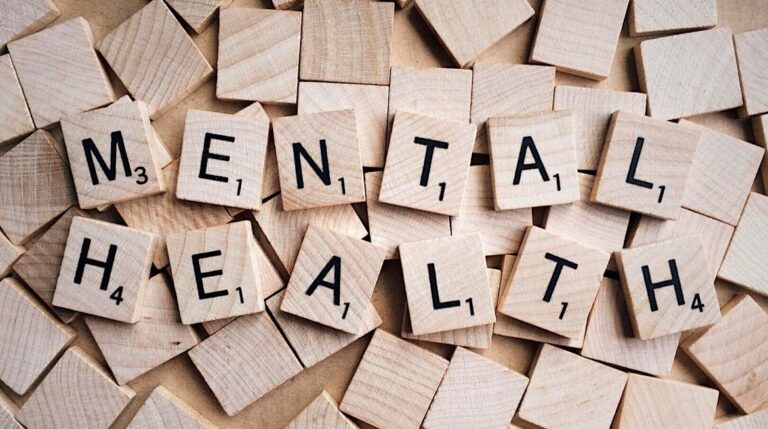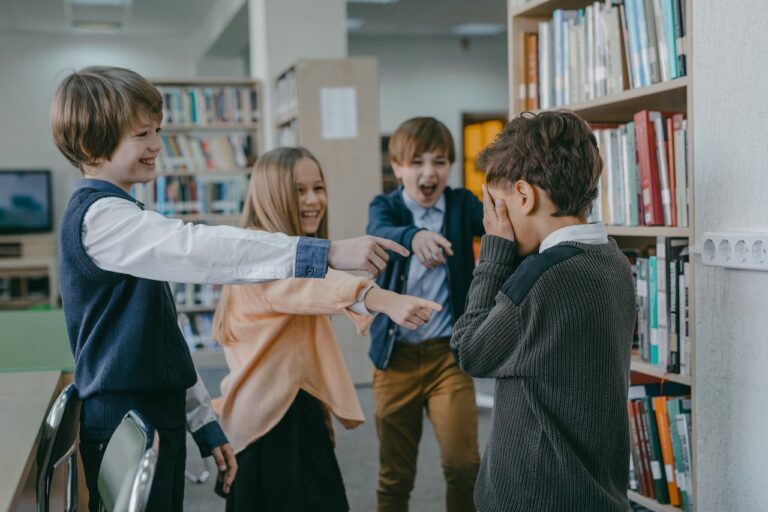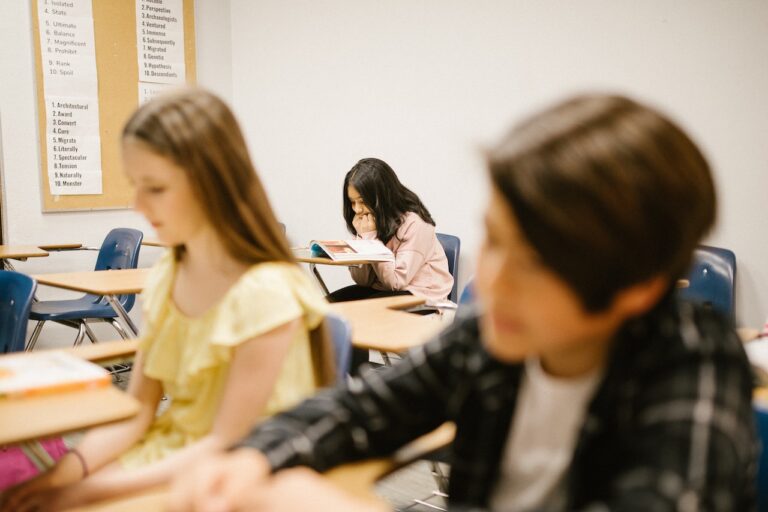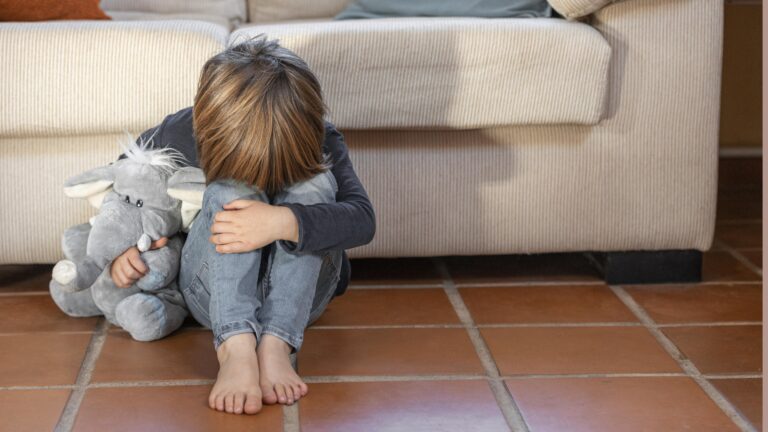Child abuse is a heartbreaking and widespread issue that affects millions of children around the world. It demands attention, understanding, and action. In this blog post, we will delve into the pivotal subject of child abuse, exploring its different forms, its impact on children, and the ways we can take to help and address it.
Understanding Child Abuse
Child abuse takes various forms, each leaving a long-lasting scar on the victim’s physical, emotional, and psychological well-being. It’s important to recognize and understand these different forms to effectively combat child abuse.
-
Physical Abuse: This involves purposeful physical harm or injury to a child, often resulting in bruises, broken bones, or other injuries. Physical abuse can leave visible scars, but the emotional scars run much deeper.
-
Emotional Abuse: Occasionally referred to as psychological abuse, emotional abuse involves actions that undermine a child’s self-esteem, such as constant criticism, belittlement, or rejection. This can have long-term effects on a child’s mental health.
-
Neglect: Neglect occurs when a child’s basic needs, like food, shelter, and medical care, are consistently not met. It’s a form of abuse that can lead to physical and emotional harm.
-
Sexual Abuse: Sexual abuse involves any sexual activity with a child. It’s a traumatic experience that often goes unreported due to feelings of shame and fear.
-
Child Exploitation: In the digital age, children are increasingly vulnerable to online predators and exploitation. It’s essential to educate children and parents about online safety.
The Impact of Child Abuse
Child abuse leaves a lasting impact on its victims. Understanding the consequences is vital in addressing this issue effectively.
- Physical Health: Victims of physical abuse may suffer from chronic health issues throughout their lives, including pain and disability.
- Mental Health: Child abuse is strongly linked to mental health problems, including depression, anxiety, post-traumatic stress disorder (PTSD), and even suicidal tendencies.
- Social Development: Children who witness abuse often struggle with forming healthy relationships, leading to difficulties in their social and professional lives.
- Cycle of Abuse: Sadly, many abused children grow up to become abusers themselves. Breaking this cycle is a critical step in preventing child abuse.
Preventing and Addressing Child Abuse
Preventing child abuse requires a collaborative effort from society, parents, caregivers, and educators. Here are some ways we can take action:
- Education: Educate yourself and others about the signs of child abuse and how to report it. Awareness is the first step in prevention.
- Support Systems: Offer support to parents and caregivers who may be struggling. Sometimes, a helping hand can prevent abuse from continuing.
- Reporting: If you suspect child abuse, report it to the appropriate authorities immediately. Remember, you might be the child’s only lifeline.
Lois A. Lopez’s ‘Grandpape’
In ‘Grandpape,’ Lois A. Lopez addresses the significance of guarding and nurturing children. The book sheds light on the profound impact that a grandparent can have in a child’s life. By fostering healthy family connections, we can create a safer environment for children.
Conclusion
Child abuse is a devastating reality that affects countless children worldwide. By understanding the different forms of child abuse, recognizing its long-term impact, and taking proactive steps to help and address it, we can work towards a safer and brighter future for our children. At Grandpape, we believe in promoting the values of love, protection, and support for all children, as echoed in Lois A. Lopez’s uplifting book. Let’s come together as a society to safeguard our children, ensuring that every child can grow up in a safe and nurturing environment.




